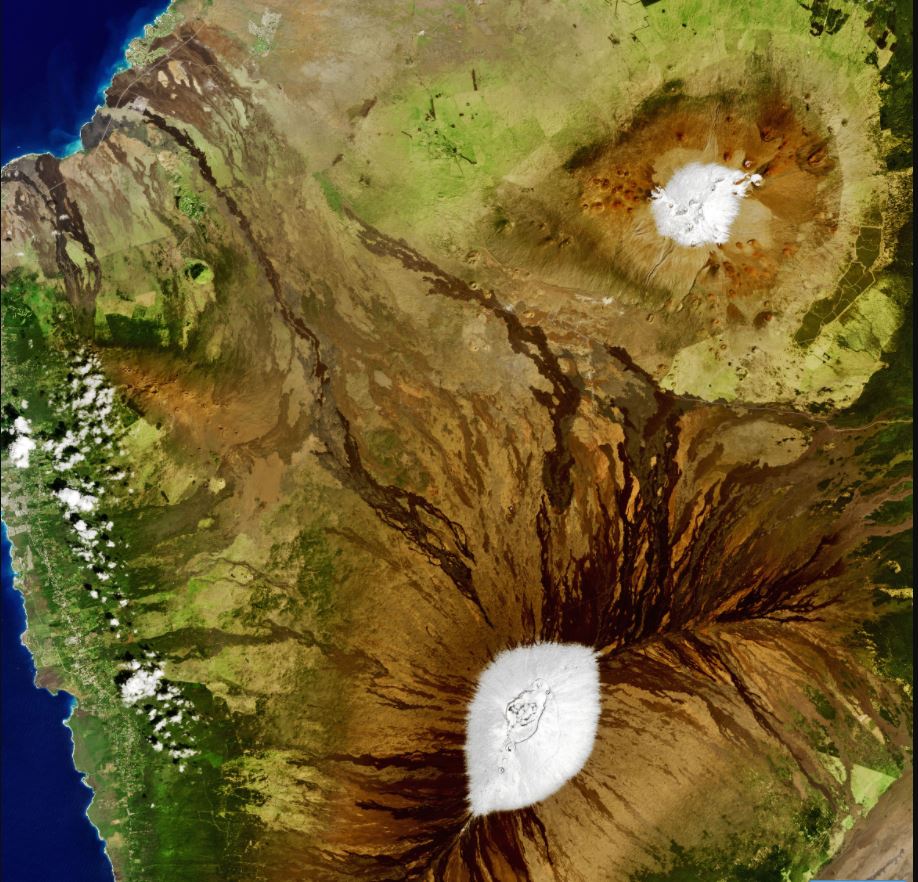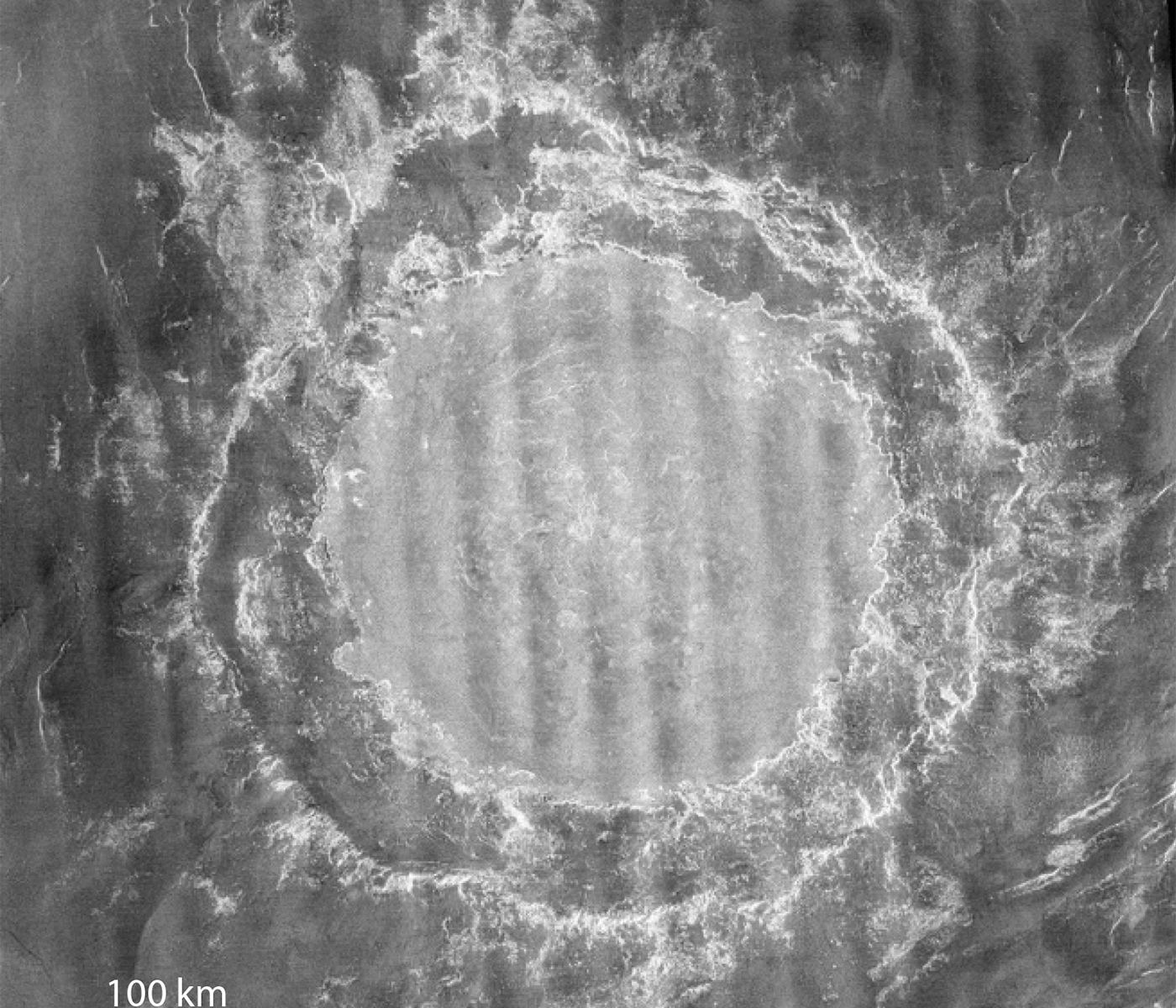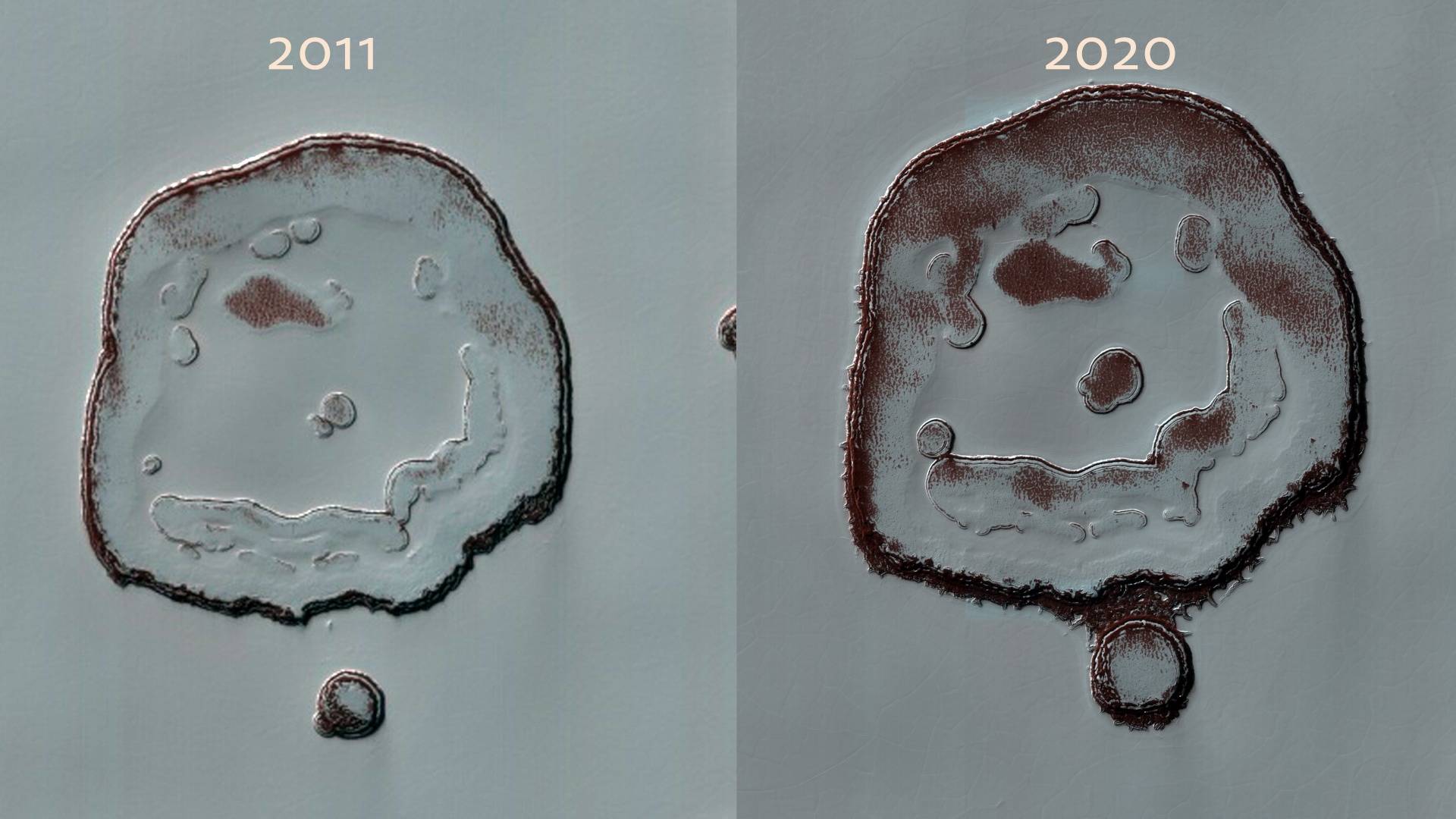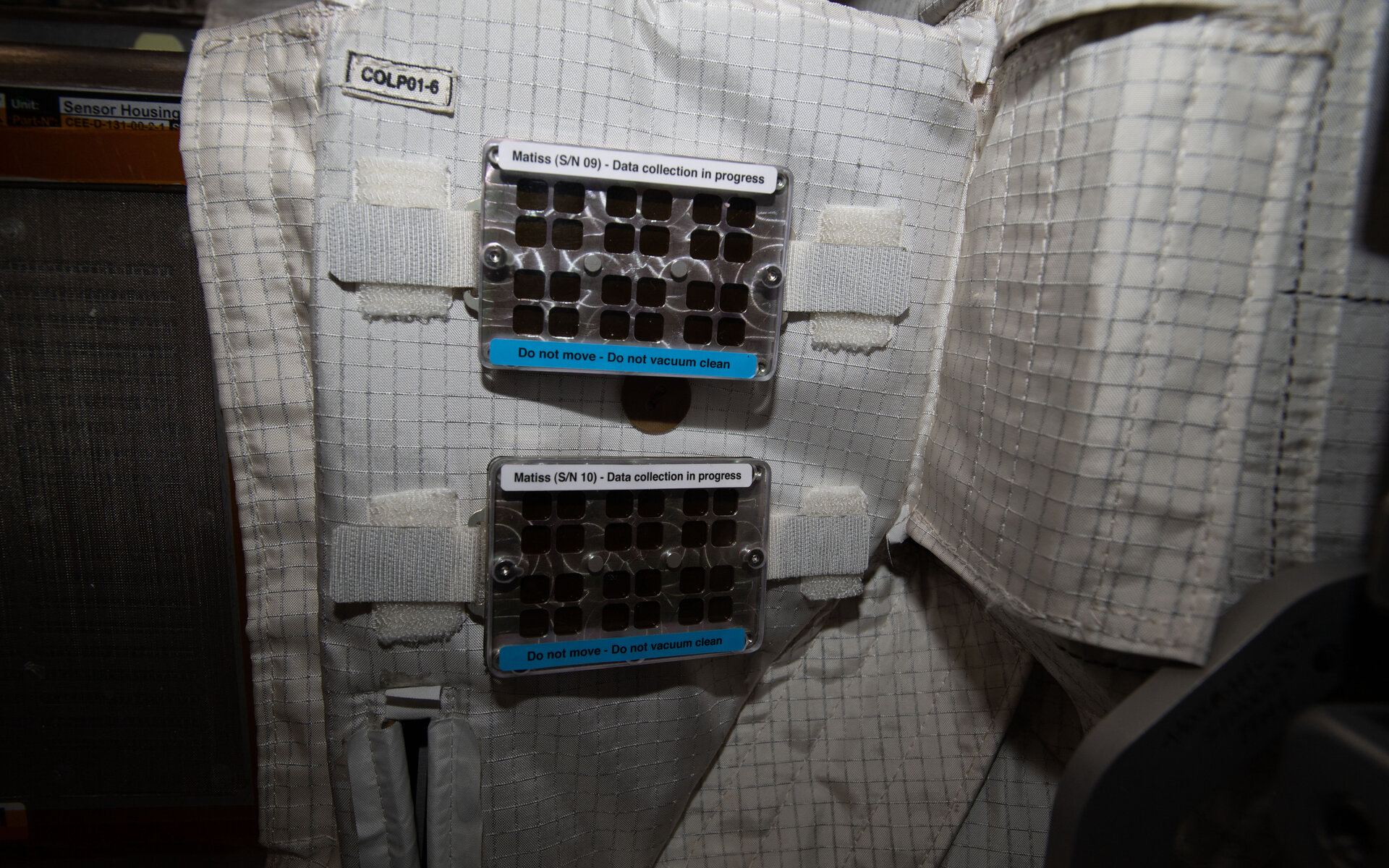The words “snow” and “Hawai’i” are not often mentioned in the same paragraph – or even on the same vacation. But snow does fall in Hawai’i almost every year, and 2021 has seen a deep cold front drop snow on the summits of Mauna Loa and Mauna Kea on the Big Island at least three times in the past few weeks – as well as on Haleakala on Maui. This means there are currently in snowcaps on Hawai’i’s three tallest mountains.
Continue reading “Three Storms Have Dumped Snow on Mauna Loa and Mauna Kea”InSight is Going to Try and “Hear” Perseverance Land on Mars From 3,452 km Away
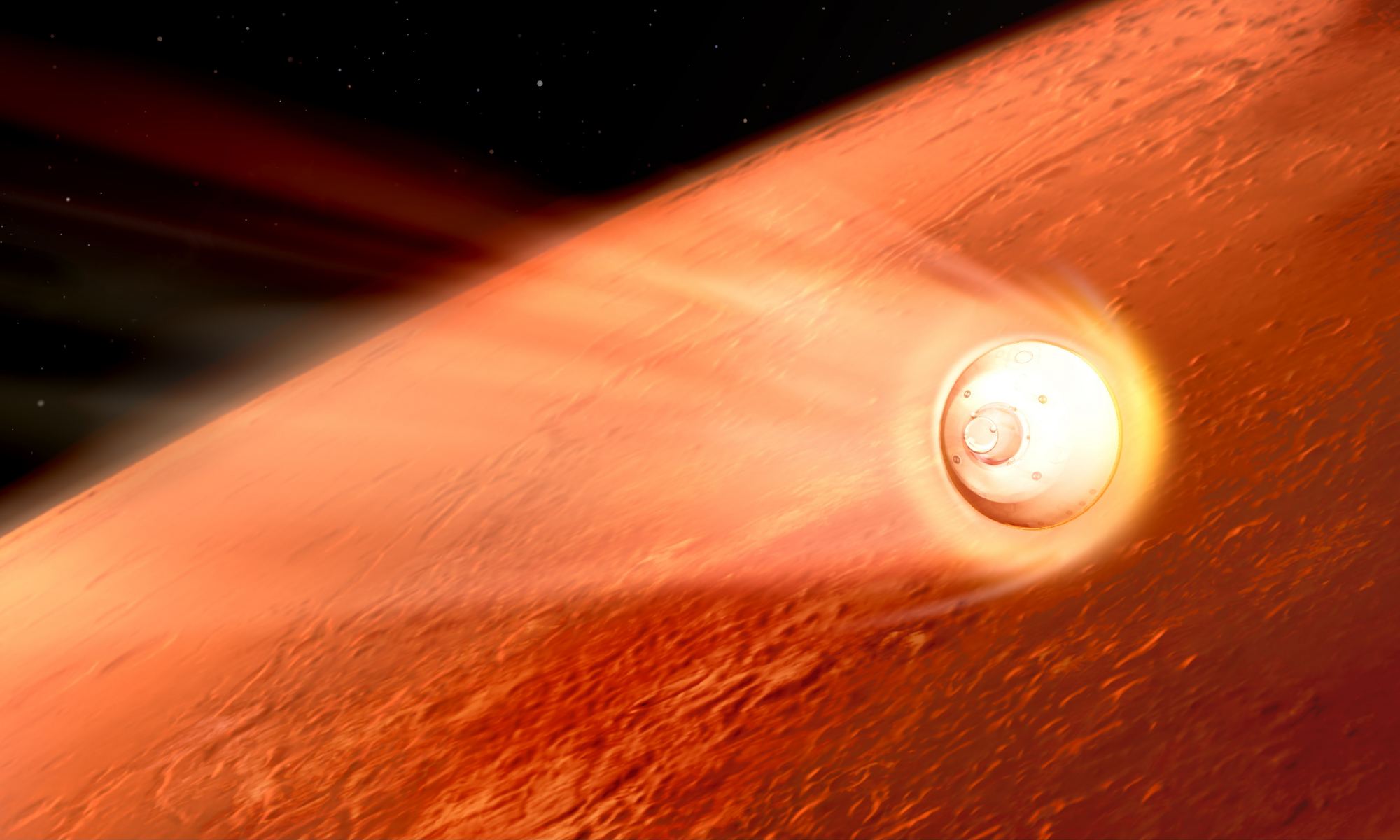
Now that the UAE’s Hope spacecraft and China’sTianwen-1 have successfully reached the Red Planet, next up is NASA’s Perseverance rover, set to land on February 18th.
Ten operational spacecraft are currently in orbit or on the surface of Mars, ready to welcome the new rover. But one spacecraft in particular, the InSight lander, will be listening closely for Perseverance’s dramatic entry, descent and landing – a.k.a. the Seven Minutes of Terror.
Continue reading “InSight is Going to Try and “Hear” Perseverance Land on Mars From 3,452 km Away”Is There An Apollo 14 Moon Tree Near You?
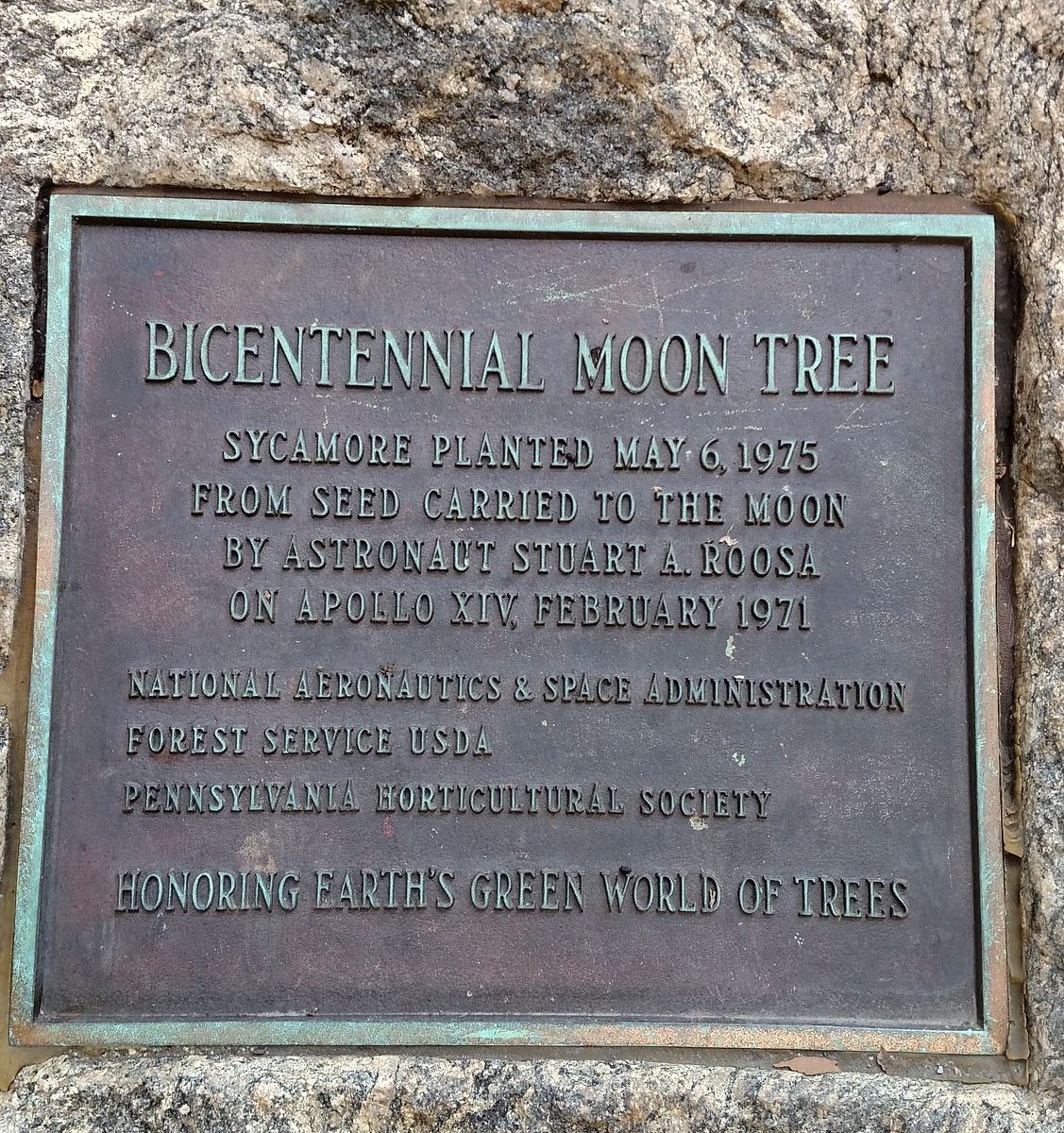
50 years ago this week, the Apollo 14 crew flew their mission to the Moon. Alan Shepard and Edgar Mitchell were the third pair of astronauts to walk on the lunar surface. They conducted two moonwalks in the Fra Mauro highlands, collecting rocks and setting up science experiments, as well as broadcasting the first color TV images from the Moon.
Meanwhile, Stuart Roosa remained in orbit as the Command Module pilot. But Roosa wasn’t alone while circling above the Moon.
Continue reading “Is There An Apollo 14 Moon Tree Near You?”MESSENGER Saw a Meteoroid Strike Mercury
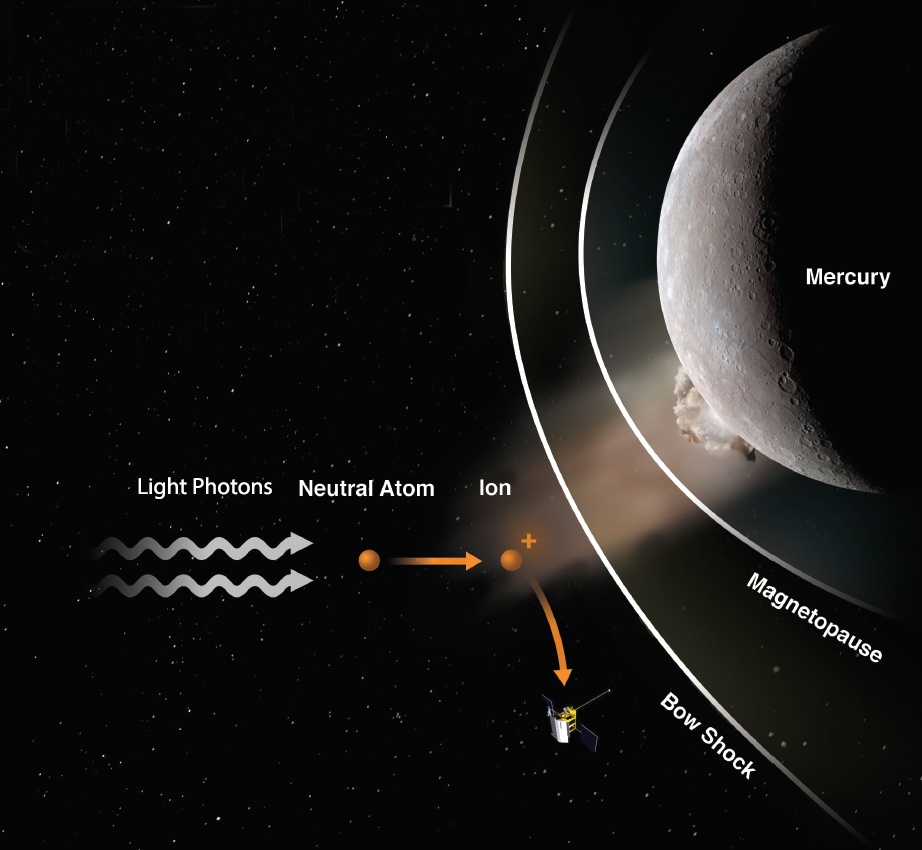
Telescopes have captured meteoroids hitting the Moon and several spacecraft imaged Comet Shoemaker–Levy 9 smacking into Jupiter in 1994. But impacts as they happen on another rocky world have never been observed.
However, the MESSENGER (MErcury Surface, Space ENvironment, GEochemistry and Ranging) mission may have seen an impact take place back in 2013. In looking at archival data from the mission, scientists found evidence of a meteoroid impact on Mercury. While this data isn’t a ‘no-doubt’ photo of the event, it does tell scientists more about impacts and how they affect Mercury’s wispy-thin atmosphere.
Continue reading “MESSENGER Saw a Meteoroid Strike Mercury”A Crater on Venus Indicates the Planet Hasn’t Been Volcanic for a Long Time
Venus may not have had Earth-like tectonic plates or volcanism for the last billion years, according to a new study. A deep look at a giant impact crater on Venus suggests the planet hasn’t experienced any tectonic activity in the recent past, and might be covered with a in a single outer plate. If so, this would essentially rule out any recent volcanic activity on the planet that many consider Earth’s twin.
Continue reading “A Crater on Venus Indicates the Planet Hasn’t Been Volcanic for a Long Time”OSIRIS-REx is Heading for Home in May

The OSIRIS-REx team decided to delay the spacecraft’s departure from asteroid Bennu for two months. The departure window opens in March 2021, and the original plan had OSIRIS-REx setting course for Earth on March 3, to bring home the asteroid samples it collected last October.
Now, a revised timeline has the spacecraft leaving Bennu on May 10, 2021. This won’t affect the target delivery data of September of 2023, but it will allow for more observations of the asteroid.
Continue reading “OSIRIS-REx is Heading for Home in May”Solar Orbiter Caught Venus, Earth and Mars in One of its Photos
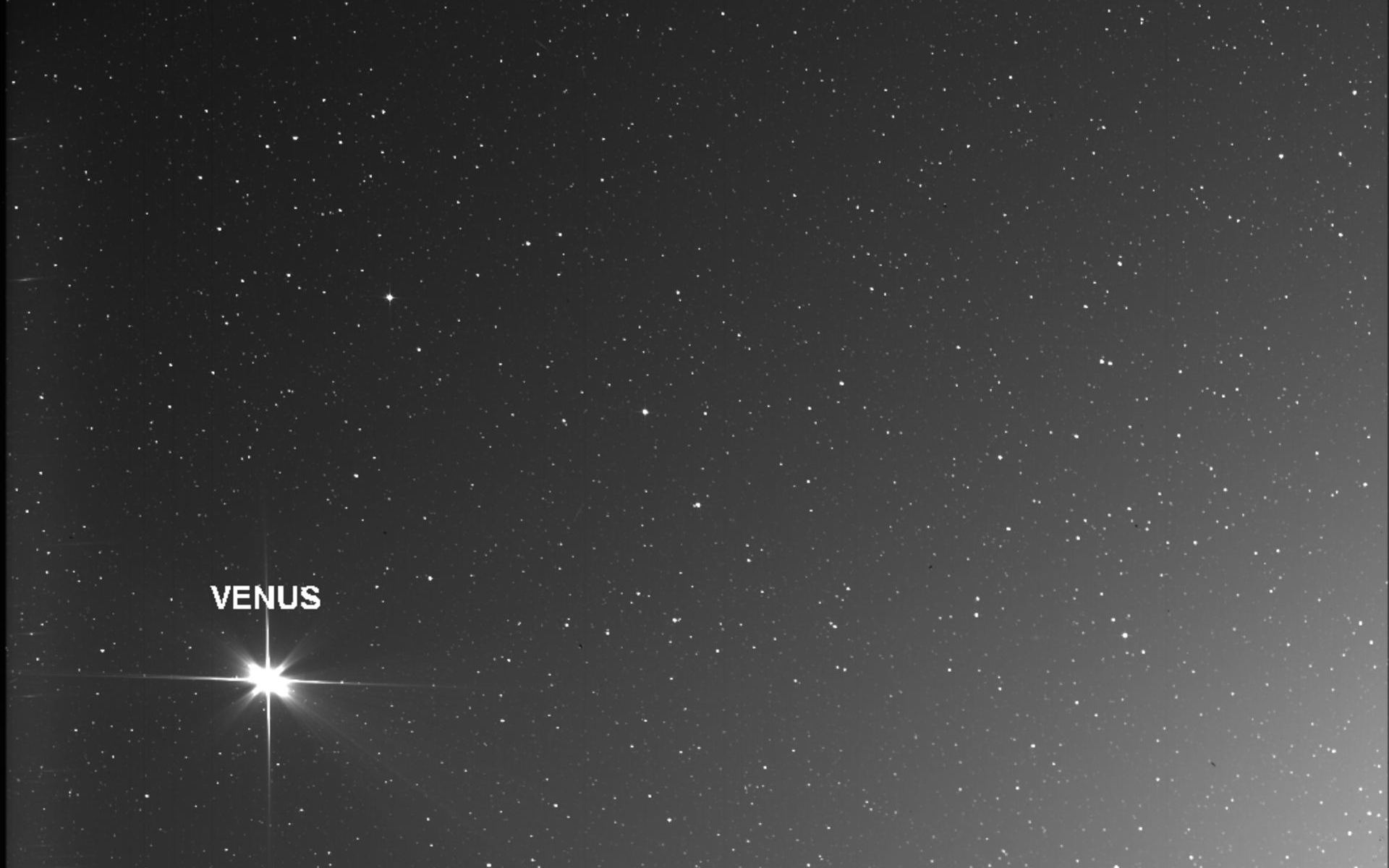
The Solar Orbiter spacecraft is heading towards the center of the Solar System, with the goal of capturing the closest images ever taken of our Sun. But during its flight, the spacecraft turned back to look towards home. It captured Venus, Earth, and Mars together, as seen from about 155.7 million miles (250.6 million kilometers) away.
Continue reading “Solar Orbiter Caught Venus, Earth and Mars in One of its Photos”The “Happy Face Crater” on Mars Has Been Changing Right Before Our Eyes
Who has an even bigger grin than ten years ago? This goofy-looking crater on Mars.
Continue reading “The “Happy Face Crater” on Mars Has Been Changing Right Before Our Eyes”The One Place on the Space Station Astronauts Aren’t Supposed to Clean
While most of us are now more fastidious about keeping our homes and workplaces clean, on board the International Space Station, cleanliness is imperative. Of high importance is anti-bacterial measures, since bacteria tends to build up in the constantly-recycled air inside the ISS. Every Saturday in space is “cleaning day” where surfaces are wiped down, and the astronauts vacuum and collect trash.
But there’s one spot on board the station where cleaning is a no-no. But don’t worry, its all for science!
Continue reading “The One Place on the Space Station Astronauts Aren’t Supposed to Clean”Here’s the Extremely New Website for the Extremely Large Telescope
In the vein of “go big or go home,” the European Southern Observatory (ESO) has launched a stunning new website to showcase information about — and match the scale of — its Extremely Large Telescope (ELT), the highly anticipated observatory scheduled to have first light in 2025.
Continue reading “Here’s the Extremely New Website for the Extremely Large Telescope”
